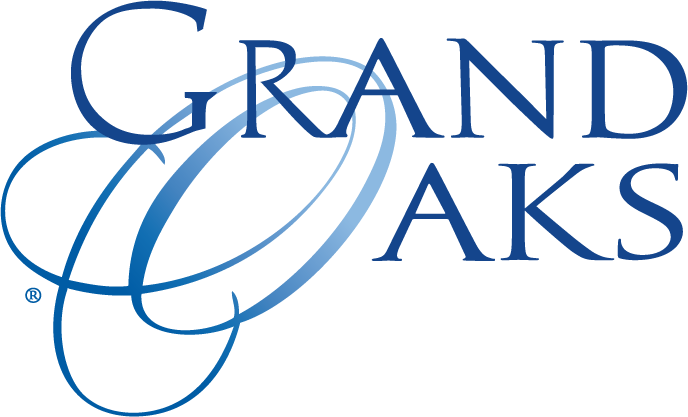8 Min Read
What You Should Know About Glaucoma

More than 3 million people in the United States have glaucoma, but experts estimate that 50% don’t know they have it. Although it can occur at any age, glaucoma is more common in older adults. Glaucoma is one of the leading causes of blindness for people over 60. Because vision loss due to glaucoma can’t be recovered, it’s important to know the signs, symptoms, and risk factors of glaucoma and what you can do to prevent the disease.
What is Glaucoma?
According to Mayo Clinic, glaucoma is a group of eye conditions that damage the optic nerve. This damage is often caused by abnormally high pressure in the eye. The health of your optic nerve is vital for good vision.
Types of Glaucoma
There are several types of glaucoma. The two main types are open-angle and angle-closure glaucoma. These types are marked by an increase of pressure inside the eye. Other types of glaucoma include normal-tension glaucoma and congenital glaucoma.
There are variants of open-angle and angle-closure glaucoma, which include:
- Secondary glaucoma
- Pigmentary glaucoma
- Exfoliative glaucoma
- Traumatic glaucoma
- Neovascular glaucoma
- Iridocorneal endothelial syndrome (ICE)
- Uveitic glaucoma
Signs and Symptoms of Glaucoma
Many forms of glaucoma have no distinct warning signs. It develops slowly and the effects can be so gradual that you may not notice a change in your vision for many years. However, there are still symptoms you can look out for. The symptoms of glaucoma vary depending on the type and stage of your condition.
Angle-closure glaucoma:
- Hazy or blurred vision
- The appearance of rainbow-colored circles (halos) around lights
- Severe eye or head pain
- Nausea or vomiting (accompanied by severe eye pain)
- Sudden sight loss
- Eye redness
Open-angle glaucoma:
- Patchy blind spots in your peripheral or central vision, most frequently in both eyes
- Tunnel vision (in advanced stages)
- Pupil dilation that doesn’t change with increasing or decreasing light
- Redness in the white of the eye
- Nausea
- Swollen or bulging cornea
Risk Factors
Because glaucoma often presents no symptoms or warning signs until advanced stages, be aware of the risk factors associated with glaucoma:
- Having high internal eye pressure
- Being over the age of 60
- Being Black, Asian, or Hispanic
- Having a family history of glaucoma
- Having certain medical conditions, such as diabetes, heart disease, high blood pressure, and sickle cell anemia
- Having corneas that are thin in the center
- Being extremely nearsighted or farsighted
- Having had an eye injury or certain types of eye surgery
- Taking corticosteroid medications, especially eyedrops, for an extended period
Prevention
Regular eye exams are the best form of prevention against glaucoma. If you’re over the age of 65, you should be checked for glaucoma every six to 12 months. If you have any risk factors, you should be checked more frequently. Talk to your doctor about how often you should be screened for glaucoma.
Other preventative measures you can take include:
- Learning your family’s eye health history. Glaucoma runs in families. If you have a family history of glaucoma, you may need to be screened more frequently.
- Exercising safely. Regular exercise can help prevent glaucoma by reducing eye pressure.
- Maintaining a healthy weight, controlling your blood pressure, and not smoking. These behaviors will lessen the likelihood of vision loss from glaucoma.
How Grand Oaks Can Help
Grand Oaks offers many safety features that accommodate for seniors with reduced vision like non-skid rugs, color-contrasting friction tape in showers and bathtubs, and a color-contrasting toilet seat. A larger TV remote, larger thermostat, and talking clocks can also be included in our resident apartments. Activities like large print word search puzzles and board games are also available.

0 Comments